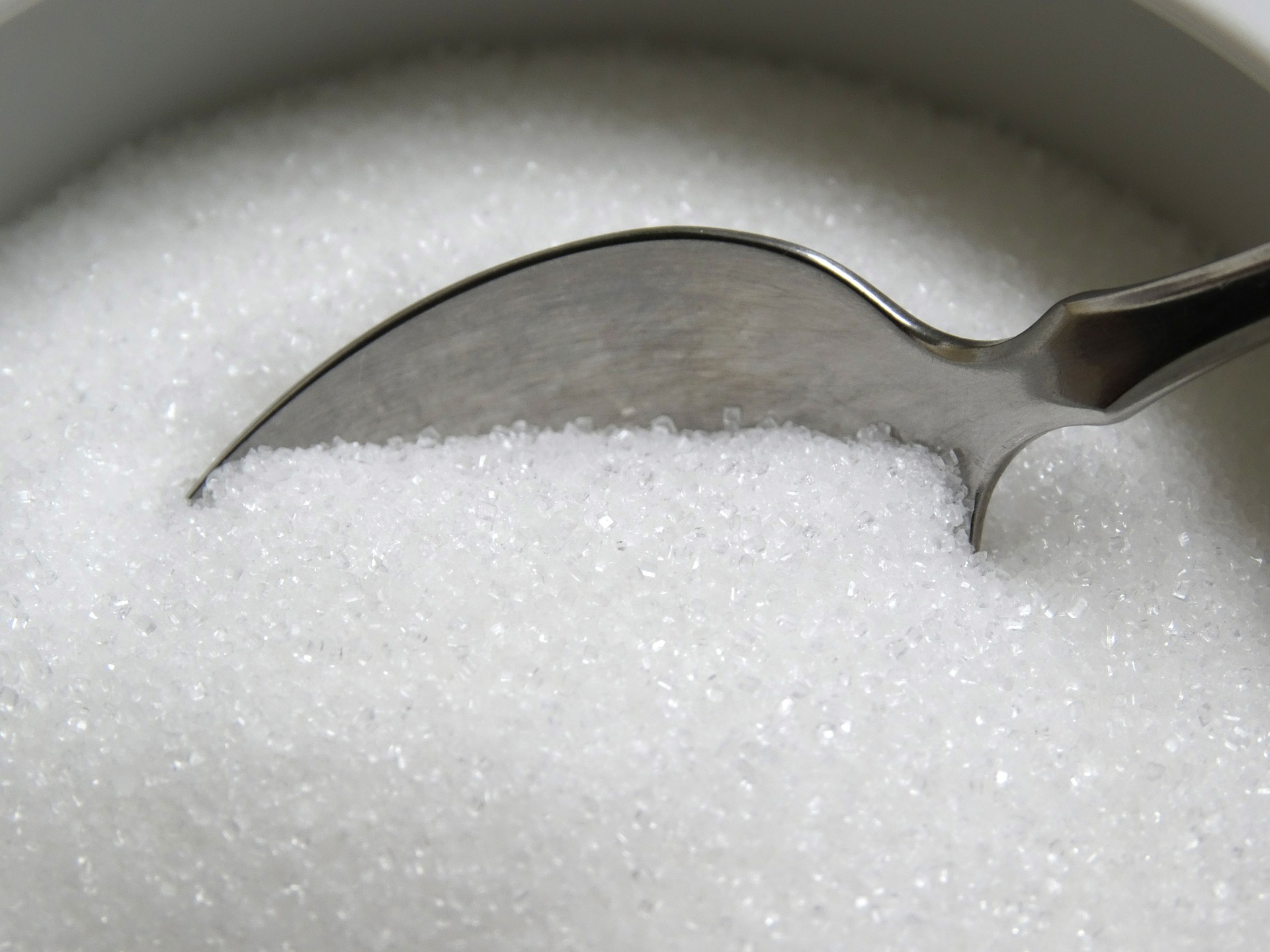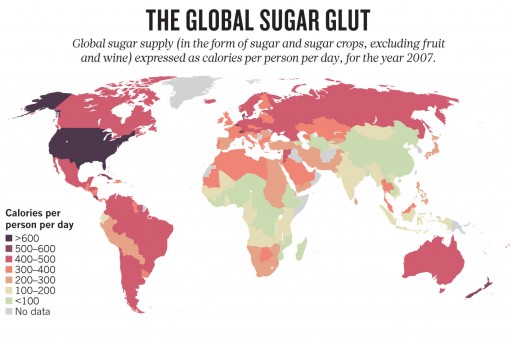‘Tis the season we gorge on sugar…

With the approaching festivities, I thought It would be a good idea for us to get to know one of the ingredients we usually end up gorging during this period, sugar. Did you know that Indians were the first to crystallize sugar around 2000 years back, and then it spread from there to other parts of the world? You can thank us for that later!
The USDA estimates that the average American consumes 32 teaspoons full of sugar every single day. In addition, the per capita consumption of caloric sweeteners like sugar derived from cane and beets and corn sweeteners increased by 39% between 1950-59 and 2000, contributing to the obesity epidemic.
Sugar is the number one food additive, and we can find it in the most unlikely places, like boxed mixed rice, all processed meat, canned vegetables, salad dressing, ketchup, crackers, flavored milk, yogurt, and so on. Anything that says spicy or chili usually contains a substantial amount of added sugar. And almost all processed products that are promoted as “low-fat” are packed with sugar. Even “sugar-free” does not mean zero sugar but merely indicates that it’s below 0.5 grams per serving. Robert Lustig, professor of pediatrics at the University of California, says, “There are five tastes on your tongue: sweet, salty, sour, bitter, and umami. Sugar covers up the other four, so you can’t taste the negative aspects of foods. You can make dog poop taste good with enough sugar.” Fruits and vegetables provide essential minerals and vitamins and are vital for children in particular. But most often, the major chunk of their diet is sugar and empty calories. Here is a video of Dr. Lustig talking about how sugar affects our bodies.
Children = No more than 3-4 teaspoons per day
Adult women/teens = No more than 5-6 teaspoons per day
Adult men/teens = No more than 8-9 teaspoons per day
If you’d rather do the calculations yourself, here is the Math.
One can of soda has 44 gms or 10 tsp of sugar, which is roughly the same amount of sugar an average American consumed every 5 days in 1822. All of the following ingredients are types of added sugars that we should look for on the label and try to avoid as much as possible. Please note that this is by no means a comprehensive list.
-
- anhydrous dextrose
- brown sugar
- confectioner’s powdered sugar
- corn syrup
- corn syrup solids
- dextrose
- fructose
- high-fructose corn syrup (HFCS)
- honey
- invert sugar
- lactose
- malt syrup
- maltose
- maple syrup
- molasses
- nectars (e.g., peach nectar, pear nectar)
- pancake syrup
- raw sugar
- sucrose
- sugar
- white granulated sugar
- cane juice
- evaporated corn sweetener
- fruit juice concentrate
- crystal dextrose
- glucose
- liquid fructose
- sugar cane juice
- fruit nectar.
Here is an infographic by Oxfam explaining the social and environmental implications of sugar.

The bottom line is that our bodies do not need added sugars to function properly, and it simply adds calories with absolutely no nutrients. According to research, one teaspoon of sugar can shut down a person’s immune system for up to 5 hours. Sugar is also highly addictive, and there are numerous studies that show that it might even be more addictive than certain drugs like cocaine and heroin. It may seem like our children rarely listens to us but the truth is that they are constantly watching us, and learning from us, so it’s very important to set a good example and stay consistent. So how can we maintain a healthy diet? It’s simple; we change out taste buds! Here is Michael Greger, M.D. explaining how we can do that.
